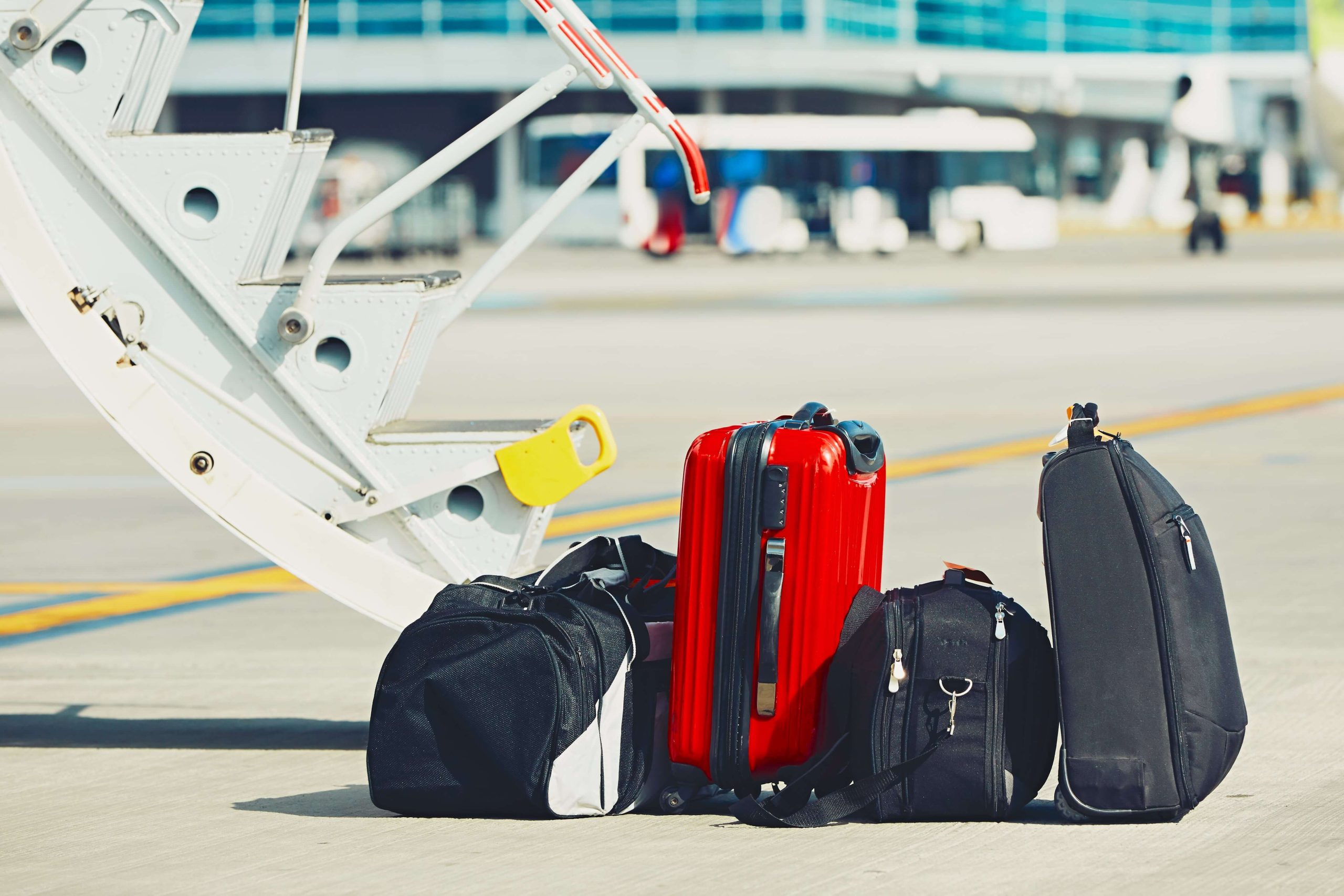Having the right kind of luggage, pack, or bag is important when traveling, especially to places that are off the usual tourist destination. After all, choosing the appropriate luggage not only guarantees the protection of personal belongings, but also elevates the entire journey experience.
When visiting a tranquil location such as a condo in Tagaytay, where people come to unwind amid the scenic landscapes, having a neatly organized luggage can simplify the packing process and make it easier for people to retrieve necessities such as warm sweaters for chilly nights or hiking equipment for exploring the lush natural surroundings.
With so many different styles to choose from, it is apparent that it can be difficult for some people to make the right decision when choosing the right luggage for vacation.
Thus, this article will break down several types of baggage and offer suggestions for choosing the right sizes, weights, and degrees of durability.
What are the different types of luggage?
1. Travel duffel bags
These can vary from simple over-the-shoulder duffels to rolling duffels with extending handles.
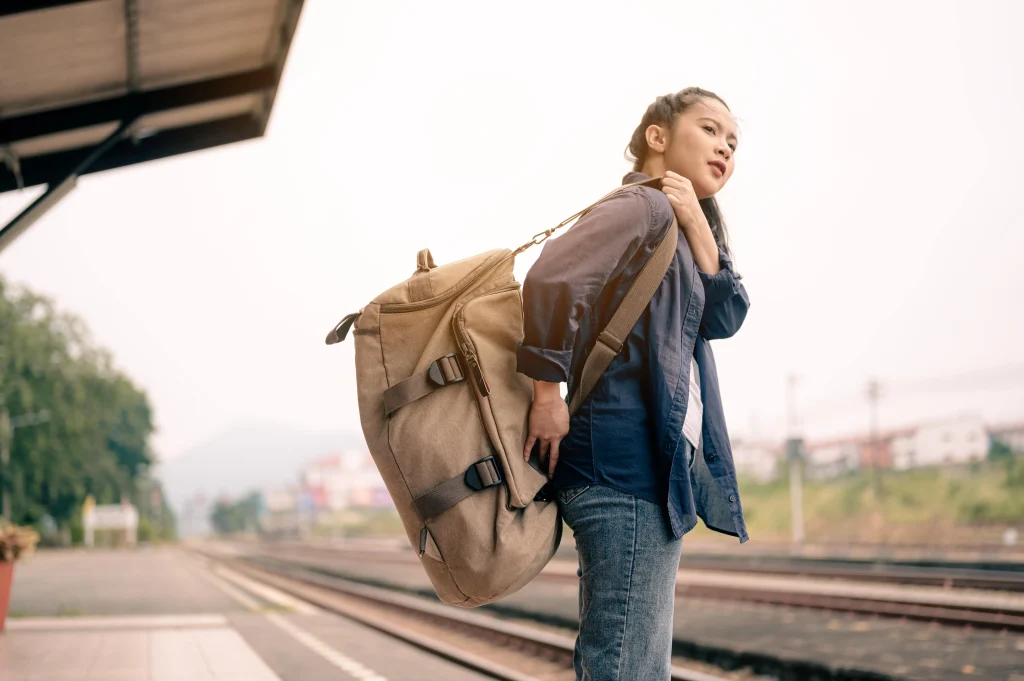
Duffels have one main advantage above other options: its simple design. These are simple to use and often include one roomy area for clothing and equipment.
Duffel bags come in a variety of sizes. Small carry-on bags with a 20–30 liter capacity that can fit enough clothing for a weekend trip, while larger duffels with a 100 liter or more capacity are ideal for trips requiring a lot of gear.
Traditional duffel bags. In addition, traditional duffels are simpler to put onto roof racks, strap to a pack animal, and fit in the rear of cars as they are not only lighter than the ones with wheels, but also more flexible. These duffels fold up smaller and are easier to store because they don’t have any hard pieces. They are also usually less pricey. Hikers, adventure seekers, and those on a tight budget who have a lot of stuff to carry around might consider them.
2. Wheeled luggage
Wheeled luggage, packs, and backpacks have the obvious benefit of being very portable—they can be easily moved through airport security and down sidewalks and smooth streets.
There are, in fact, three different types of luggage with wheels: rolling luggage, rolling duffels, and rolling backpacks.
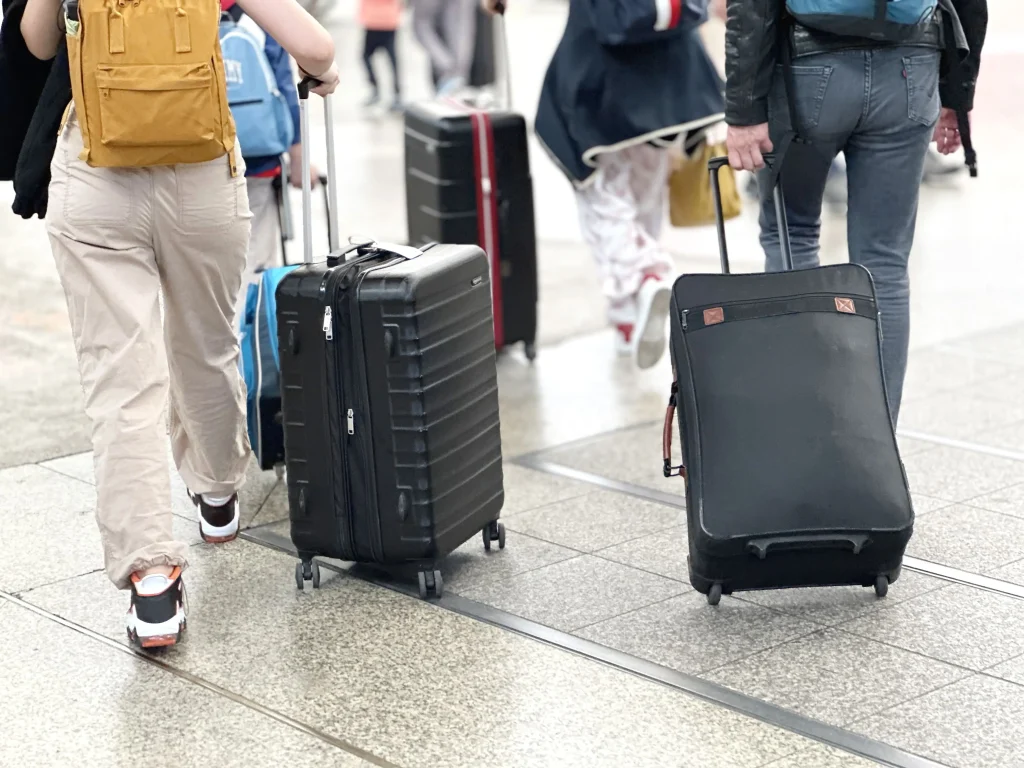
Rolling luggage. Most individuals use rolling luggage, which they drag behind them at airports given that it is also made for regular passengers. These are typically the greatest for road vacations, business travel, visiting a family in a condo in Tagaytay, and traveling to cities.
Rolling duffel bags. Wheeled duffels are a great option for family vacations, road trips, and outdoor adventures where heavy or unusually shaped equipment is required. A carry-on wheeled duffel gives travelers less room, but saves them the trouble and money of checking a bag, making it a good option for light packers.
Rolling backpacks. These are a favorite among adventure seekers as they offer the mobility of a backpack along with the benefit of wheeled baggage. For road journeys and adventurous trips, wheeled backpacks are usually the greatest option.
3. Travel packs
For those who wish to be highly mobile and don’t mind carrying anything on their backs, these bags are perfect in every way.
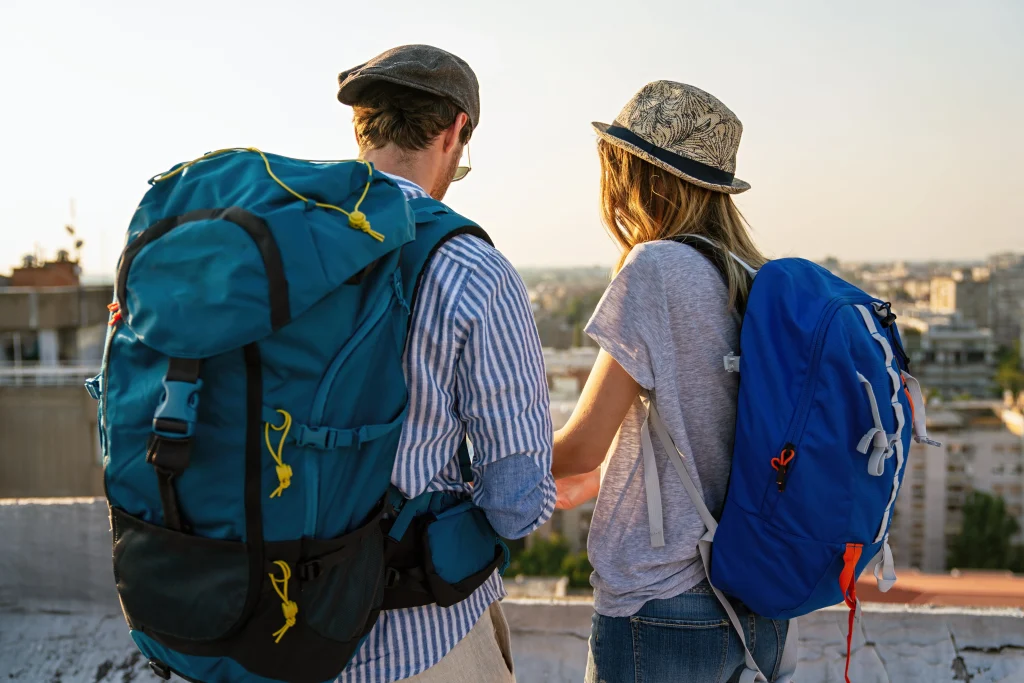
These lightweight backpacks are ideal for travel in places where wheeled luggage are impractical, such as on uneven surfaces like staircases and gravel or cobblestone walkways.
In terms of both how they fit and the support they offer, travel packs are actually similar to regular backpacks. However, they come equipped with features unique to travel, like hidden shoulder straps and hip belts, organization pockets, and integrated security elements like locking zippers.
Determining the right size for your luggage, pack, or back
It’s important to know the right size for one’s luggage, pack, or bag for an effective and stress-free trip. Furthermore, determining the appropriate size guarantees that people can fit everything they need without packing too much or having trouble finding enough room.
Think about the kind and duration of your trip.
The type of travel one conducts has a big impact on how big their luggage should be. Likewise, the length of the trip determines how much clothing, toiletries, and other necessities need to be packed.
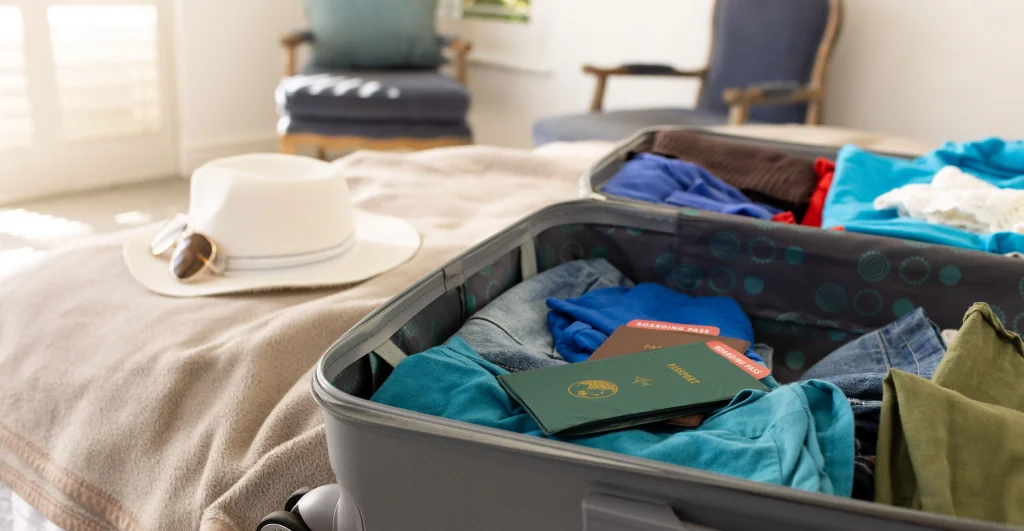
For instance, an adventure trip would require bringing specific gear like hiking boots or snorkeling equipment, while a business trip might require room for suits or other formal apparel.
Below are some estimated guidelines to give people an idea of the sizes of bags and duffels (measured in liters) and how much space they have for items:
- 30 to 50 liters: Generally speaking, a weekend trip only requires luggage that can hold 50 liters or less. A carry-on luggage is the best example for this.
- 50 to 75 liters: A lot of individuals opt for a bag in this range for a journey lasting anywhere from one to two weeks.
- 75 liters to 100+ liters: Travelers usually need multiple large bags, each with a capacity of at least 75 liters, for huge trips.
IMPORTANT NOTE: If you are not planning to check your bags, keep in mind the carry-on limitations.
To save money and trouble when checking a bag, a lot of passengers try to fit everything into a single carry-on bag. If this is what is wanted, it is extremely important to carefully consider the dimensions of the luggage, which may be easily found online or straight from the airline’s website.
Consider durability, weight, and materials when choosing a luggage
A large piece of luggage can make traveling more difficult, whether someone is hauling it up stairs or lifting in the overhead compartment of an airplane. It is also in the best interest of the traveler to pack light, as most airlines charge extra for luggage over fifty pounds.
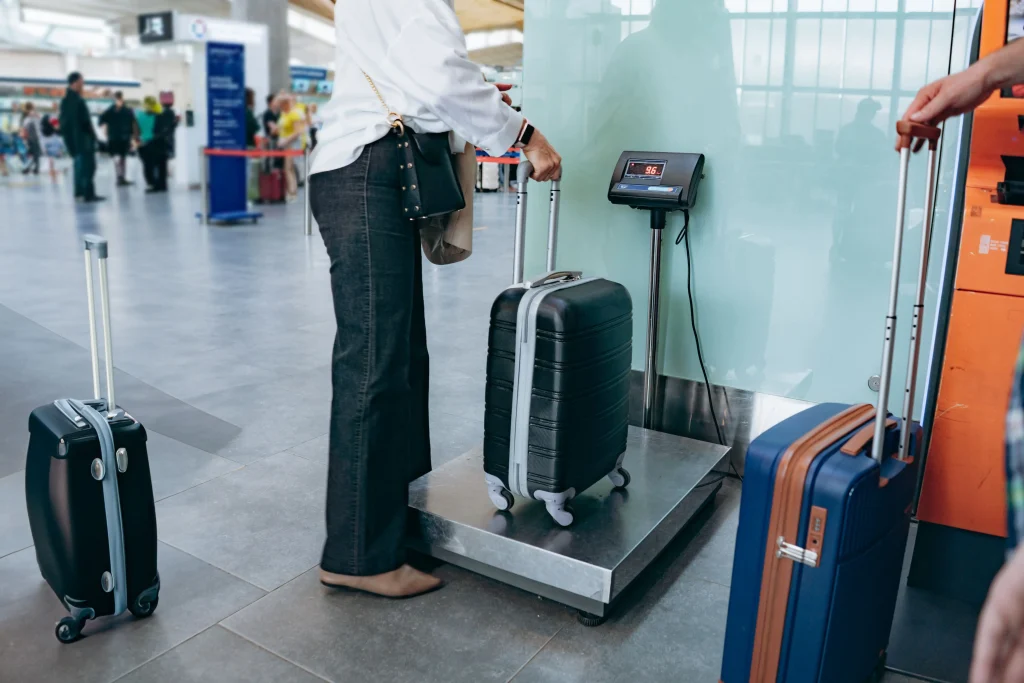
Considerations for weight
One can compare the weights of bags by examining the “Technical specs” section of REI product pages. During this process, there are several key points to consider:
- For travelers moving from the airport to a hotel with smooth surfaces for rolling, the weight of the bag may not be a primary concern. However, for those who anticipate lifting and carrying bags frequently, lighter options are preferable.
- Wheeled bags typically weigh more (often by 5 pounds or more) compared to similar-sized unwheeled bags. It’s important to consider whether wheels are suitable for the trip.
Considerations for durability
When considering how long luggage, packs, and bags will last, one must consider the materials that were used to construct each item as well as the durability of the handles, wheels, and zippers.
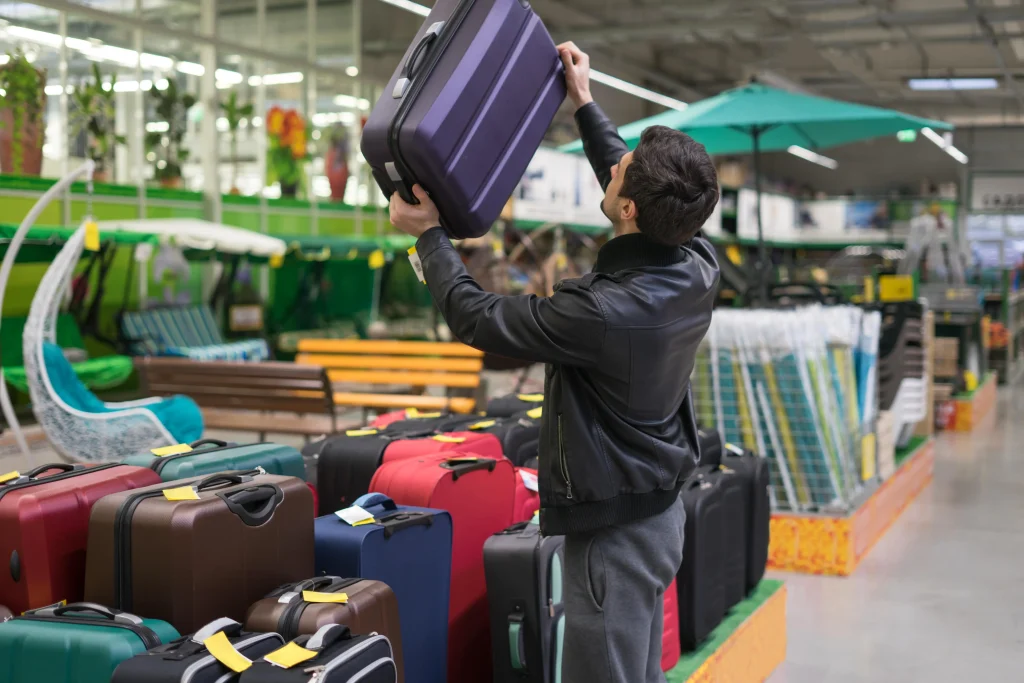
Although evaluating these items online is difficult, reading product evaluations can help get a feel for how well these components hold up. When purchasing in-store, customers can test the zippers, wheels, and handles to make sure the item appears solid.
Considerations for materials
When it comes to durability and water resistance, duffel bags made of high-denier ripstop fabrics coated in thermoplastic urethane are the best option for people looking for a waterproof bag.
There are also fully waterproof duffels that are available, albeit they cost more, to satisfy anyone with strict waterproofing requirements. Moreover, an additional layer of protection against moisture infiltration can be achieved by packing goods in plastic rubbish bags before putting them inside a water-resistant duffel bag.
Bottom Line
To sum everything up, choosing the right kind of luggage, pack, or bag is important for ensuring smooth travel experiences. Travelers can set out on their adventures with confidence and convenience by giving priority to characteristics that improve organization, durability, mobility, and customization. People are therefore urged to invest in the best travel equipment before heading on their next journey, enabling them to enhance their travel experiences to new heights.


